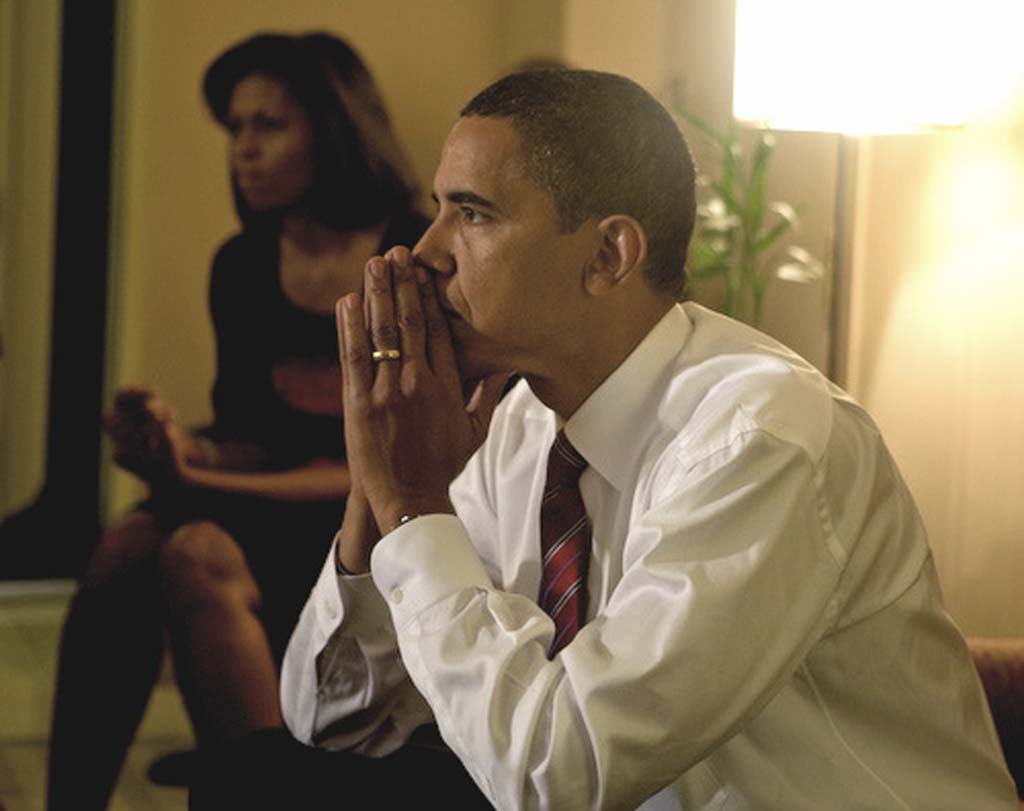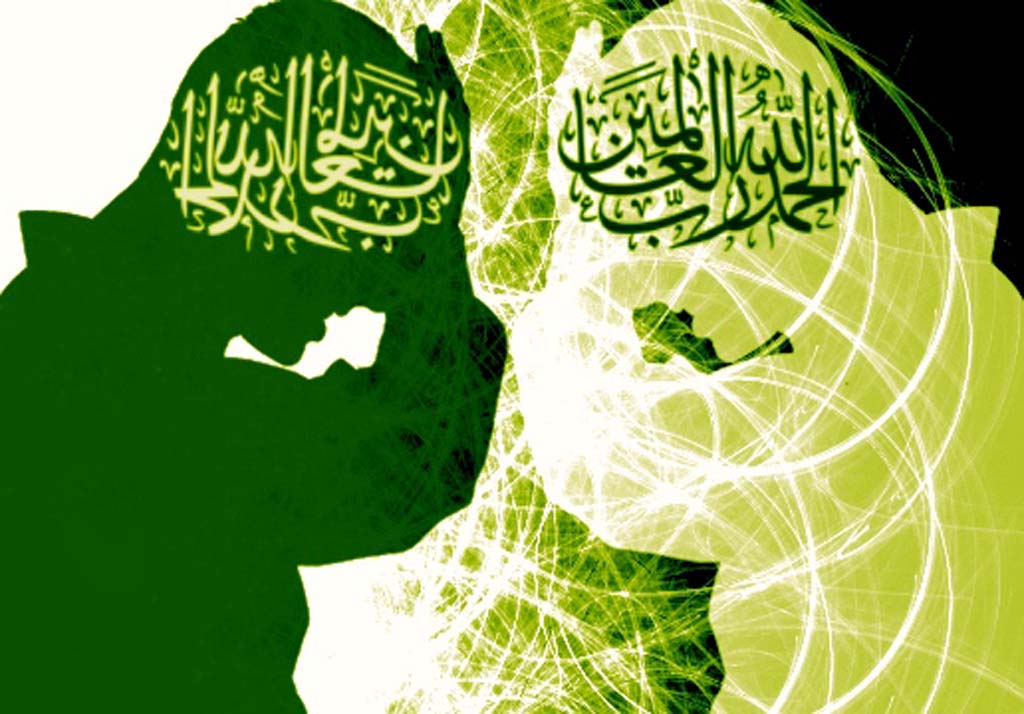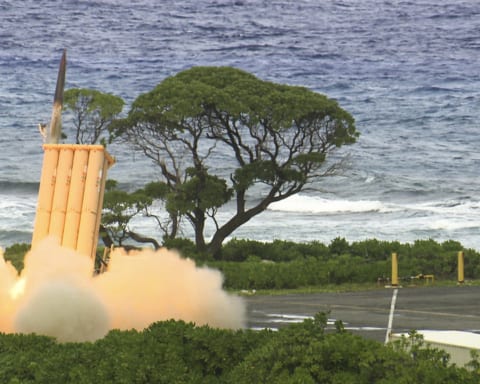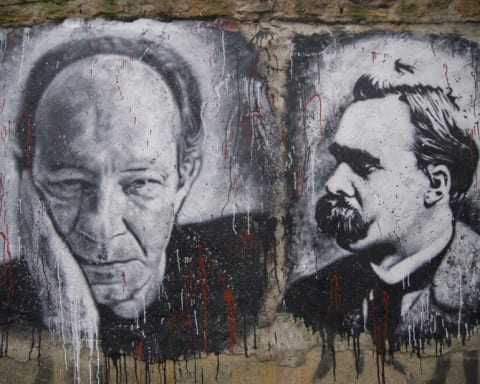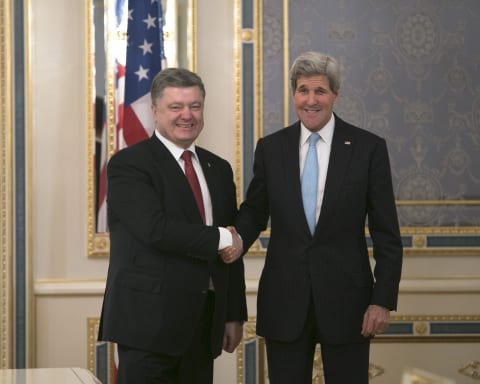As reported on February 11th, US President Obama announced his plans to request the authorization to use force against the Islamic State (IS). In preparation for this, the White House released the proposed document, which it notes may be referred to as the “Authorization for Use of Military Force against the Islamic State of Iraq and the Levant” (AUMF-ISIL). Although there has been signifiant fanfare and media coverage over the implications of the document, the proposal itself is not as game changing as reported. Largely, this has been a result of overeager media coverage concerning the document. Outlined in the three page draft are the administrations arguments as to why they are requesting authorization against the IS, in addition to limitations of the scope of action and on the executive branch’s powers. Most notable among these limitations pertains to Subsection (a) of the draft which formally requests authorization. In defining this subsection, the draft notes that it “…does not authorize the use of the United States Armed Forces in enduring offensive ground combat operations”. In essence, this prevents additional deployment of ground troops beyond those which already are present in what is defined as the scope of the theater. In addition, under Section 3 the duration of the authorization is limited to “…three years after the date of the enactment of this joint resolution, unless reauthorized”. Section 4 requires the President to report to Congress “at least once every six months on specific actions taken pursuant to this authorization”. The final and fifth limitation, and the one which is likely to generate controversy in the coming days, concerns itself with the exact definition of hostile actors to which the authorization pertains to. This section broadly defines these actors as “…individuals and organizations fighting for, on behalf of, or alongside ISIL or any closely-related successor entity in hostilities against the United States or its coalition partners”. In short, the preceding sections illustrate a document which appears modest and tempered in all but the definition of the US’ enemy.
Before critiquing the proposed authorization, it is important to understand the document from a legal point of view. Specifically, it is critical to understand what the document is and is not, and what previous authorizations or legal justifications it interacts with. A clear separation must be observed and understood between a AUMF and a Declaration of War. According to the US Government, an AUMF authorizes force “…against an either a named country or unnamed hostile nations in a given region” whereas a Declaration of War “…a state of war under international law and legitimates the killing of enemy combatants, the seizure of enemy property, and the apprehension of enemy aliens”. In addition, it is also critical to note that the latter also confers greater power to the executive branch to conduct operations whereas a AUMF does not. Given that the proposed draft is titled as a AUMF and includes explicit limitations on the executive branch, it is clear that both in essence and in spirit US President Obama does not foresee the need to request additional powers to combat the IS which would only be conferred through a Declaration of War. This interpretation, if correct, should help analysts and observers better understand the president’s thought processes. With regards to what the proposed AUMF replaces, it explicitly states that it is meant to replace the 2002 AUMF Against Iraq. Interestingly, and perhaps telling of the administrations calculations, it leaves the 2001 AUMF Against Al-Qaeda as active. This 2001 AUMF has long been used to justify actions against Al-Qaeda and Al-Qaeda affiliated groups regardless of their geographic location. In addition, the administration had relied on this document for the past year during its earlier actions against IS. This had caused many legal experts to argue that the use of force against IS has been illegal under US law, with Robert Chesney, a professor at the University of Texas School of Law, who referred to the use of the 2001 AUMF as justification for actions against the IS, stated “On its face this is an implausible argument because the 2001 AUMF requires a nexus to al Qaeda or associated forces of al Qaeda fighting the United States,” and that “Since ISIS broke up with al Qaeda it’s hard to make that argument.” Thus, this new AUMF would give the administration stronger domestic legal justification for conducting actions against the IS. In addition, the combination of the 2001 AUMF and the proposed AUMF together would allow the administration considerable freedom to both conduct combat operations against any number of “affiliated” groups and interpret the geographic scope of their mandate.
Internationally though, there remains several issues with which the Obama Administration will have to contend. The first is related to international law as laid out in the UN Charter which states “All Members shall refrain in their international relations from the threat or use of force against the territorial integrity or political independence of any state.” Exceptions are allowed with Security Council authorization or in the case of self-defense. As none of these have been cited by the administration to justify actions against the IS, the Obama administration and the Bush administration have relied on other sources for interpretation and in justifying the use of force. Traditionally cited by these administrations is International Humanitarian Law (IHL), the law of armed conflict. However, the use of IHL by these administrations has been controversial. Specifically, there are several tests that must be passed for the framework of IHL to apply. These have generally been interpreted to apply a defined geographic scope to the conflict and requires a clear distinction to be made between combatants and non-combatants. In the case of combat action against the IS, which does not have a internationally accepted geographical territory and operates across various territories, the former test is not met. The recent US Administrations have not seemed concerned with attempting to meet this requirement either, as drone attacks have been conducted in a variety of countries. Second, the ability to distinguish which members of the IS are combatants and non-combatants is questionable at best in theory, and in practice has clearly failed given the high profile deaths of civilians by US forces.
The Obama administration’s proposed AUMF has generated considerable fanfare, and understandably so as the IS has proven to be an enduring scourge on the region and through its actions have horrified the world. However, the misconception surrounding its function and place in the greater scheme of US and international law must be observed. It is important to remember that this document is merely a proposal, which will most likely be heavily modified by the US House and Senate. In addition, while this AUMF tidies up the Obama Administration’s legal standing to conduct actions against IS from a domestic standpoint, it is not without its criticisms. As outlined before and covered elsewhere, the broad scope outlined in the limitations has been a call for concern. Internationally, the proposal does nothing to provide legal justification for US actions against the IS. This only highlights the continued failure of existing international legal regimes to properly operate in the realities of the present. While the administration should be applauded for its actions against the IS and its foresightedness to impose Congrssionally-subjected three year limitations on this AUMF, the administration would be well served in channeling the outrage at the IS’ actions into efforts to create a new body of international law.
